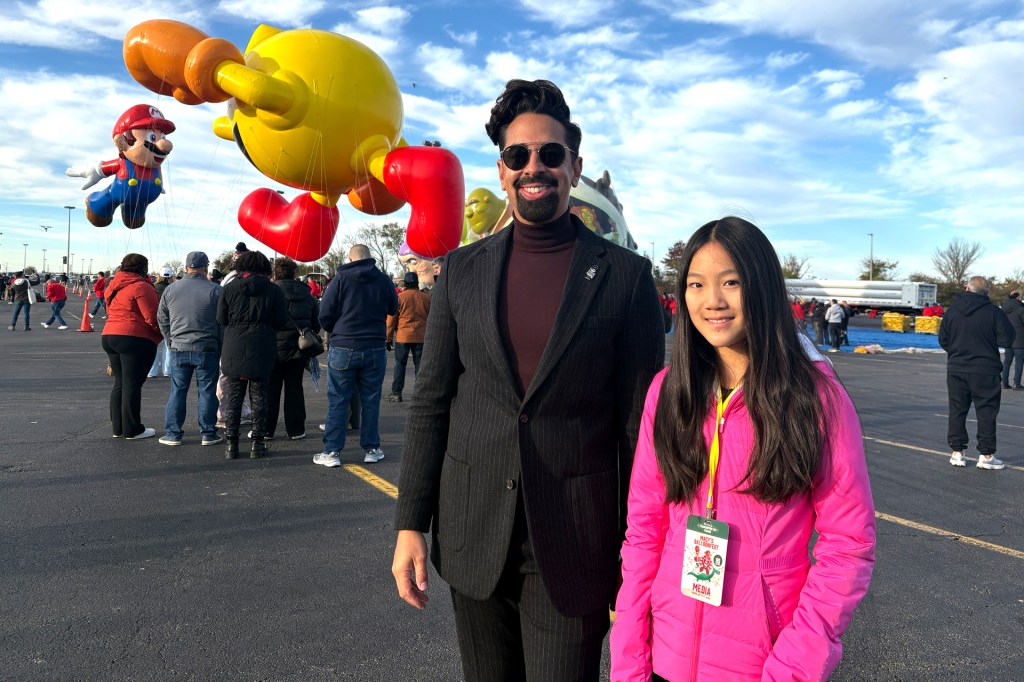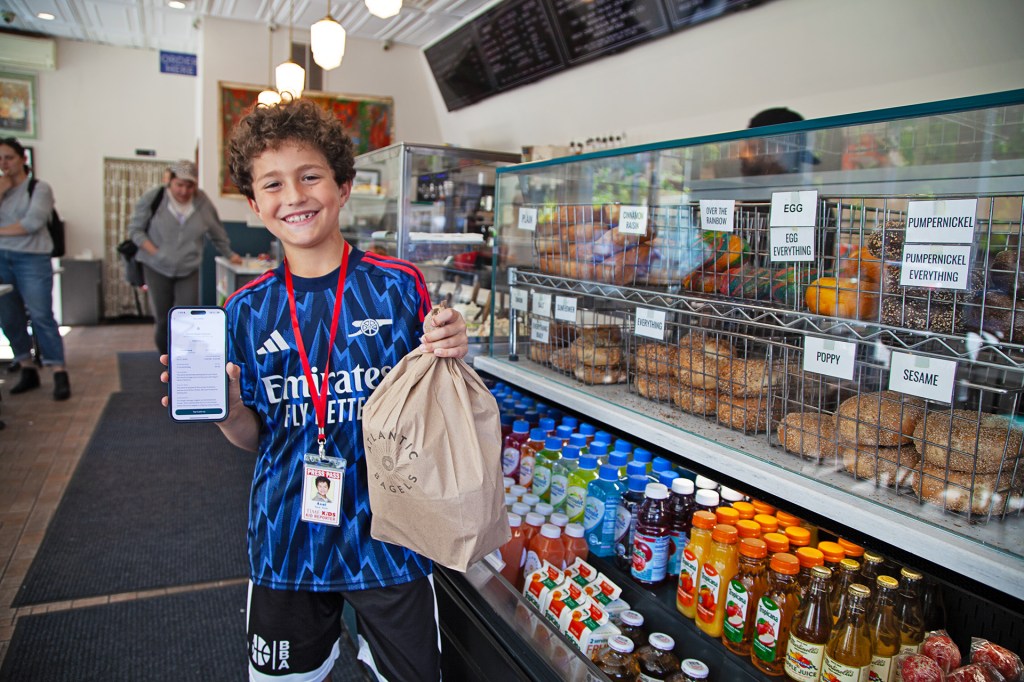Fighting Food Ads

Food companies engineer junk food to make it addictive. They label their products to make them seem healthier than they are. And their advertisements target children.
This is what students in a Texas middle school learned. They were taking part in an experiment. “How is this even legal?” said a girl who took part in a similar study.
Researchers had students read news stories about how food companies advertise. They wanted to find out if this would change how kids feel about junk food. All over the world, kids are eating more foods high in salt, sugar, and fat. That is partly the result of clever ads.
Christopher J. Bryan of the University of Chicago led the study. He says questioning the motives
motive
 IMAGE SOURCE/GETTY IMAGES
a reason for doing something
(noun)
Jason's weekly allowance is his motive for washing the dishes.
behind junk-food ads is like fighting injustice
injustice
IMAGE SOURCE/GETTY IMAGES
a reason for doing something
(noun)
Jason's weekly allowance is his motive for washing the dishes.
behind junk-food ads is like fighting injustice
injustice
 DARRIN KLIMEK—GETTY IMAGES
something that is unfair or morally wrong
(noun)
It was an injustice when the man was sent to prison for a crime he didn't commit.
. “The reward is knowing you’re doing the right thing,” Bryan told TIME for Kids.
DARRIN KLIMEK—GETTY IMAGES
something that is unfair or morally wrong
(noun)
It was an injustice when the man was sent to prison for a crime he didn't commit.
. “The reward is knowing you’re doing the right thing,” Bryan told TIME for Kids.
Message Matters
Junk food has been linked to health problems, like obesity and diabetes. But in 2017, food companies spent some $9 billion on TV ads selling junk food.
An ad with cartoons can make cereal seem fun to eat. An athlete enjoying a sugary drink makes it look cool. Companies know that if kids want a product, they’ll bug their parents to buy it. Even parents don’t notice the power of ads, says Marion Nestle, a professor at New York University. “By the time you’re an adult, you’re used to junk-food ads,” she says.
In the Texas study, Bryan had students view ads on an iPad. Their job was to make each ad’s message true. They did this by writing on the screen. One ad showed a McDonald’s Big Mac. The message read: “The thing you want when you order salad.” To the end of the sentence, a student added “should be salad.”
The results of Bryan’s study were published in April. They showed that analyzing ads led students to choose healthier snacks. “They see themselves as agents in the world,” Bryan says. “They see a chance to make the world a better place.”













